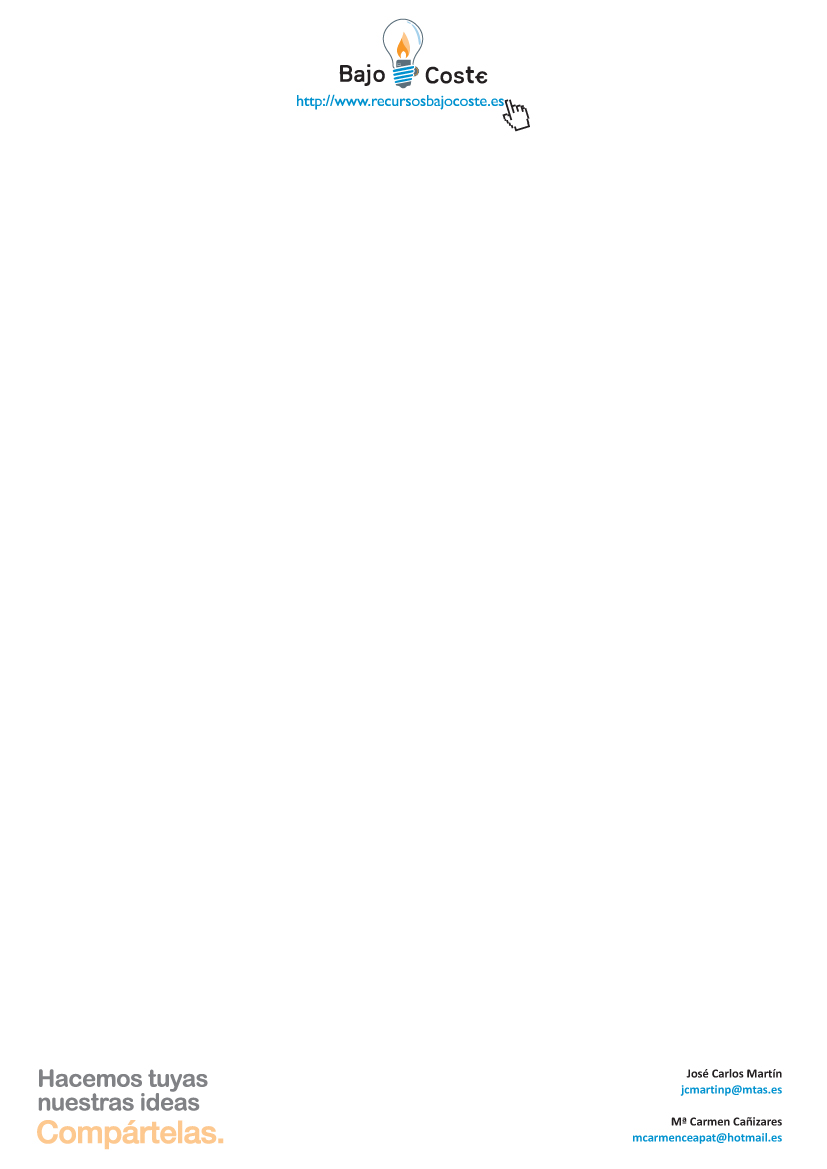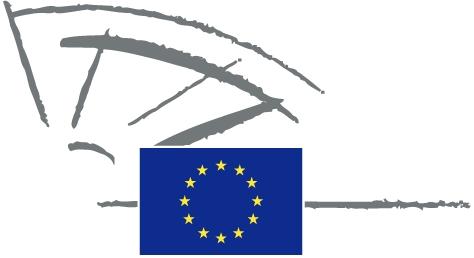DATABASEPRODUCT DESCRIPTION USE REFERENCE EARTHQUAKE SOURCE FAST FINITE FAULTS
DATABASEPRODUCT DESCRIPTION USE REFERENCE EARTHQUAKE SOURCE FAST FINITE FAULTS
Database/Product
|
Database/Product |
Description |
Use |
Reference |
|
Earthquake Source |
|||
|
Fast Finite Faults |
Rapid (few hours) slip models for major earthquakes |
Constrain shaking; tsunami generation, stress changes |
|
|
PAGER-CAT |
Quality composite earthquake catalog (1900-2006)_ |
Source input for ShakeMap Atlas; ExposureCat |
|
|
Shaking Distribution |
|||
|
Global Slope Data |
Topographic slope |
Landslides, Vs30 |
|
|
Global Vs30 Server |
Vs30 values for the globe |
Estimating site amplification |
|
|
Global “Did You Feel It” Intensities |
Rapid intensities from Internet users |
Constrains Shake-Map & event bias |
|
|
ShakeMap Uncertainty |
Quantitative & Qual-itative shaking values |
Computing loss uncertainty |
|
|
ShakeMap Atlas |
ShakeMaps important global earthquakes (1970-present) |
Scenarios, planning, hazard calculations |
|
|
Rapid Global ShakeMaps (GSM) |
Estimated ShakeMaps for all global earthquakes (M>5.5) |
Shaking input for loss estimation, decision making |
|
|
Loss & Impact Estimation |
|||
|
Deadly Earthquake List |
Online resource list (1900-2006) |
General Reference |
On Wikipedia: see “List of Deadly Earthquakes” |
|
Exposure-Cat |
Population exposure to intensity for each Atlas ShakeMap |
Fatality rates calculations |
|
|
Global Building Inventory |
Country-based data on buildings & collapse rates |
Country-specific loss estimation |
|
|
Empirical Loss Model |
Country-specific fatality rates |
Fatality estimates given exposure |
|
|
Semi-Empirical Loss Model |
Country-specific, building vulnerability |
Fatality estimates based on structures |
|
|
Analytical Loss Model |
HAZUS vulnerability functions |
Structure dependent loss computations |
|
|
Reporting & Notifications |
|||
|
OnePAGER |
Population Exposure Notifications |
Post-earthquake decision making |
|
References
Allen, T. I., K. D. Marano, et al. (2008a). "PAGER-CAT: A composite global earthquake catalogue for casualty estimation." Seism. Res. Lett. in review.
Allen, T. and D. J. Wald (2008b). "Topographic-slope based VS30 Maps for seismically active region around the World." U.S. Geological Survey Open-File Report, in preparation.
Allen, T. I., D. J. Wald, et al. (2008c). "An Atlas of Shake-Maps for Selected Global Earthquakes." U.S. Geological Survey Open File Report, in preparation.
Earle, P. S. and D. J. Wald (2007). "Helping solve a worldwide problem—rapidly estimating the impact of an earthquake: PAGER (Prompt Assessment of Global Earthquakes for Response)." U. S. Geological Survey, Fact Sheet 2007-3101: 4 pp.
Hayes, G. P. and D. J. Wald (2008). "Developing framework to constrain the geometry of the seismic rupture plane in subduction zones a priori – a probabilistic approach." Geophys. J. Int., submitted.
Jaiswal, K. and D. J. Wald (2008a). "Estimating casualties for large worldwide earthquakes using semi-empirical approach." U.S. Geological Survey Open File Report 2008-1160: 110 pp.
Jaiswal, K., D. J. Wald, et al. (2008b). "Creating Global building inventory for earthquake loss estimation and risk management." Earthquake Spectra, in preparation.
Ji, C., D. V. Helmberger, et al. (2004). "A teleseismic study of the 2002, Denali, Alaska, earthquake and implications for rapid strong motion estimation." Earthquake Spectra 20: 617-637.
Lin, K. and D. J. Wald (2008). "ShakeCast manual." U.S. Geological Survey Open File Report 2008-1158: 90.
Marano, K. D., D. J. Wald, et al. (2008). "Global Earthquake Casualties due to Secondary Effects: A Quantitative Analysis for Improving PAGER Losses." Natural Hazards, in preparation.
Porter, K., D. J. Wald, et al. (2008a). An empirical fatality model for the U.S. Geological Survey’s Prompt Assessment of Global Earthquakes for Response (PAGER) system. 14WCEE, Beijing, China.
Porter, K. A. (2008b). "Cracking an open safe: HAZUS vulnerability functions in terms of structure-independent spectral acceleration." Earthquake Spectra, submitted.
Porter, K. A., M. Greene, et al. (2008c). WHE-PAGER project: A new initiative in estimating global building inventory and its seismic vulnerability. 14WCEE. Beijing, China.
Verdin, K. L., J. Godt, et al. (2007). "Development of a global slope dataset for estimation of landslide occurrence resulting from earthquakes." U.S. Geological Survey Open File Report 2007-1188: 25pp.
Wald, D. J., B. C. Worden, et al. (2005). "ShakeMap manual: technical manual, user's guide, and software guide." U. S. Geological Survey, Techniques and Methods 12-A1.
Wald, D. J., P. S. Earle, et al. (2006). "Challenges in rapid ground motion estimation for the prompt assessment of global urban earthquakes." Bull. Earthq. Res. Inst. 81: 275-283.
Wald, D. J. and T. I. Allen (2007). "Topographic slope as a proxy for seismic site
conditions and amplification." Bull. Seism. Soc. Am. 97(5): 1379-1395.
Wald, D. J., K. Lin, et al. (2008a). "Quantifying and Qualifying USGS ShakeMap Uncertainty." U.S. Geological Survey Open File Report, in preparation.
Wald, D. J., K. Lin, et al. (2008b). "ShakeCast: Automating and Improving the Use of ShakeMap for Post-Earthquake Decision-Making and Response." Earthquake Spectra, in press.
Wald, D. J., P. S. Earle, et al. (2008c). Development of the U.S. Geological Survey’s Prompt Assessment of Global Earthquakes for Response (PAGER) System. 31st General Assembly of the European Seismological Commission ESC 2008. Hersonissos, Crete, Greece.
Tags: finite, source, databaseproduct, description, reference, faults, earthquake
- EJEMPLO 11 ENTRADA DATO N ENTERO POSITIVO SALIDA ES
- AGENCY FOR INTERNATIONAL DEVELOPMENT BILL FOR COLLECTION BILLING
- VILLETTE SURGERY SUFFOLK STREET SUNDERLAND TYNE & WEAR SR2
- GRACIELA INSAURRALDE DIPUTADA PROVINCIAL H CÁMARA DE DIPUTADOS C
- CALENDARIO PARA LA ELECCIÓN PARA REPRESENTANTES DE ESTUDIANTES AL
- SCOTTSBORO TRIAL DIARY ENTRIES AFTER WATCHING SCOTTSBORO AN AMERICAN
- CARBOHIDRATOS CUESTIONES SOBRE CARBOHIDRATOS 1 ¿CÓMO SE DEFINEN LOS
- WELCOME TO BRIDGEWAY PRACTICE WHILST YOU HAVE A
- MINISTRY OF FORESTS LANDS AND NATURAL RESOURCE OPERATIONS BRITISH
- A JOURNEY INTO HOMELESSNESS MY STORY JESSE SMITH THE
- HISTÓRIA ECONÔMICA DA CONSTRUÇÃO NAVAL NO BRASIL FORMAÇÃO DE
- EWA GOŁĘBIOWSKA KTO GDZIE I JAK WSPIERA ROZWÓJ WZORNICTWA
- VPRAŠANJA ZA PONAVLJANJE PREDSTAVITEV PODATKOV 1 KAKŠNA JE
- SØKNAD OM HOGSTRYDDING PÅ KOMMUNALT FRIOMRÅDE JF «LOV
- PÁGINA 10 TALLER ESPECIAL SOBRE ASISTENCIA TÉCNICA EN MATERIA
- RCG OSTVARIVANJE PROGRAMSKE ORIJENTACIJE B ROJ 01
- NATJEČAJ JE OBJAVLJEN 19 LISTOPADA 2020 GODINE NA TEMELJU
- HONORS COLLEGE INTERDISCIPLINARY COURSE PROPOSAL PLEASE TYPE YOUR
- APPENDIX 19 STANDARD BOARD OF EXAMINERS AGENDA
- PROCURA DELLA REPUBBLICA PRESSO IL TRIBUNALE DI LAGONEGRO ISTANZA
- IP 60 AGENDA ITEM CEP 10A PRESENTED BY POLAND
- ACTA DE LA SESIÓN DE LA JUNTA DIRECTIVA DE
- NATIVE PLANTS FOR MIDWESTERN LANDSCAPES SELECTED BY JIM MCCORMAC
- NATIVE AMERICAN STUDY GUIDE TEST DATES POWHATAN DECEMBER 2ND
- INTERNET AUTHENTICATION – CREATION OF ALIAS FOR PROXY LOGIN
- COMUNICATO DEL CSFO DIVISIONE MEDIA FORMAZIONE PROFESSIONALE LESSICO DELLA
- KARTA PRZEDMIOTU NAZWA PRZEDMIOTU BEZPIECZEŃSTWO ENERGETYCZNE 1 USYTUOWANIE PRZEDMIOTU
- COLLABORATION AGREEMENT DETAILED (CONTRIBUTION AGREEMENT) THE FOLLOWING AGREEMENT WAS
- INSTRUCTIONS FOR WEEKLY SCHEDULE THIS EXERCISE WILL HELP YOU
- LEÇON 7 (ADJECTIFS M F) (PLURIEL + S)
QUESTIONNAIRE TO KHAT CONSUMERS INTERVIEW NUMBER … DATE OF
KLAUZULA INFORMACYJNA O PRZETWARZANIU DANYCH OSOBOWYCH 1 ADMINISTRATOREM PANIPANA
ORDER ON PERFORMING THE TESTS AT LABORATORIUM MATERIAŁÓW
 HR100B APPOINTMENT (FOR FACULTY AND DEPARTMENT USE – STUDENTS
HR100B APPOINTMENT (FOR FACULTY AND DEPARTMENT USE – STUDENTSWZÓR ZAŁĄCZNIK DO UCHWAŁY RWNZ NR Z DNIA 30012018
2 CONSEJO PERMANENTE DE L AOEASERG ORGANIZACIÓN DE LOS
 JOYSTICK PARA TECLADO ESTÁNDAR BREVE DESCRIPCIÓN ES UN ARCO
JOYSTICK PARA TECLADO ESTÁNDAR BREVE DESCRIPCIÓN ES UN ARCOARKUSZ OCEN NAUCZYCIELA AKADEMICKIEGO STANOWISKO IMIĘ NAZWISKO DZIAŁALNOŚĆ DYDAKTYCZNA
AMERICANS WITH DISABILITIES ACT (ADA) REQUEST FOR REASONABLE ACCOMMODATION
EJERCICIOS ESPIRITUALES SATURNINO GAMARRA BURLADA NOVIEMBRE 1998 OBJETIVOS
TRATAMIENTO LAPAROSCÓPICO DE LOS CUADROS AGUDOS DE ABDOMEN NO
 СИНТЕЗ ПРОИЗВОДНЫХ ПТРЕТБУТИЛТИАКАЛИКС[4]АРЕНА ФУНКЦИОНАЛИЗИРОВАННЫХ… 6571 ПУБЛИКАЦИЯ ДОСТУПНА ДЛЯ
СИНТЕЗ ПРОИЗВОДНЫХ ПТРЕТБУТИЛТИАКАЛИКС[4]АРЕНА ФУНКЦИОНАЛИЗИРОВАННЫХ… 6571 ПУБЛИКАЦИЯ ДОСТУПНА ДЛЯ EVROPSKI PARLAMENT 2014 2019 DOKUMENT ZASEDANJA NODOCSEA801222015NODOCSE DATE{31032015}3132015DATE
EVROPSKI PARLAMENT 2014 2019 DOKUMENT ZASEDANJA NODOCSEA801222015NODOCSE DATE{31032015}3132015DATEDETALLAR EL CÓDIGO DE SUCURSAL DEL BANCO NACIÓN EN
 11 Escuela de Comercio n° 1 “prof José a
11 Escuela de Comercio n° 1 “prof José aAUTORITATEA NAȚIONALĂ PENTRU ADMINISTRARE ȘI REGLEMENTARE ÎN COMUNICAȚII (ANCOM)
 REV2008 TSE 17 ESTADO LIBRE ASOCIADO DE PUERTO RICO
REV2008 TSE 17 ESTADO LIBRE ASOCIADO DE PUERTO RICOLYCEE RAOUL VADEPIED CONSEIL DADMINISTRATION DU LUNDI 28
 AMTRAK WE ARE UNABLE TO COMPLETE YOUR REQUEST AT
AMTRAK WE ARE UNABLE TO COMPLETE YOUR REQUEST AT EQUIPARACIÓN DE ACTIVIDADES COMO FORMACIÓN PERMANENTE DEL PROFESORADO PERSONA
EQUIPARACIÓN DE ACTIVIDADES COMO FORMACIÓN PERMANENTE DEL PROFESORADO PERSONA